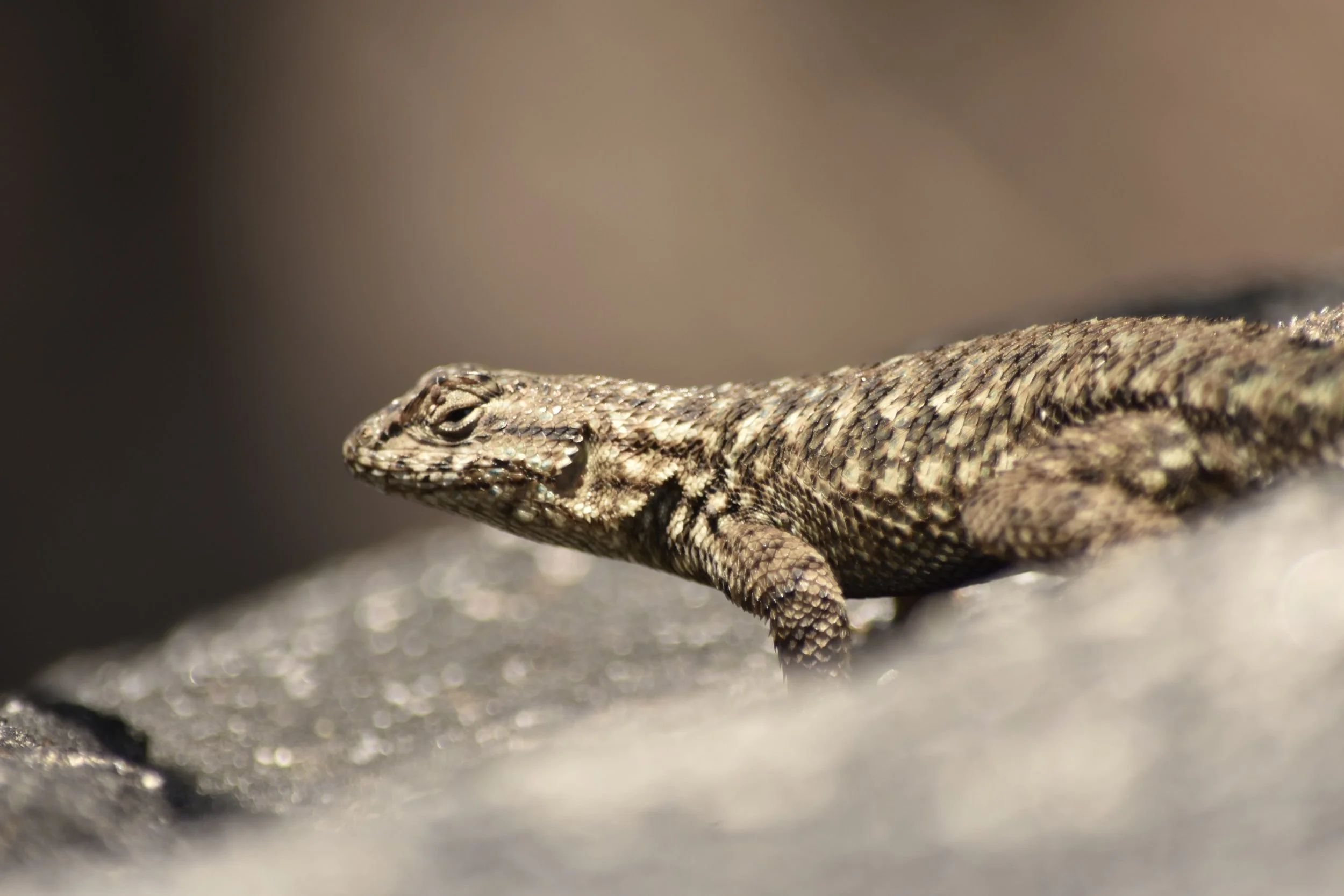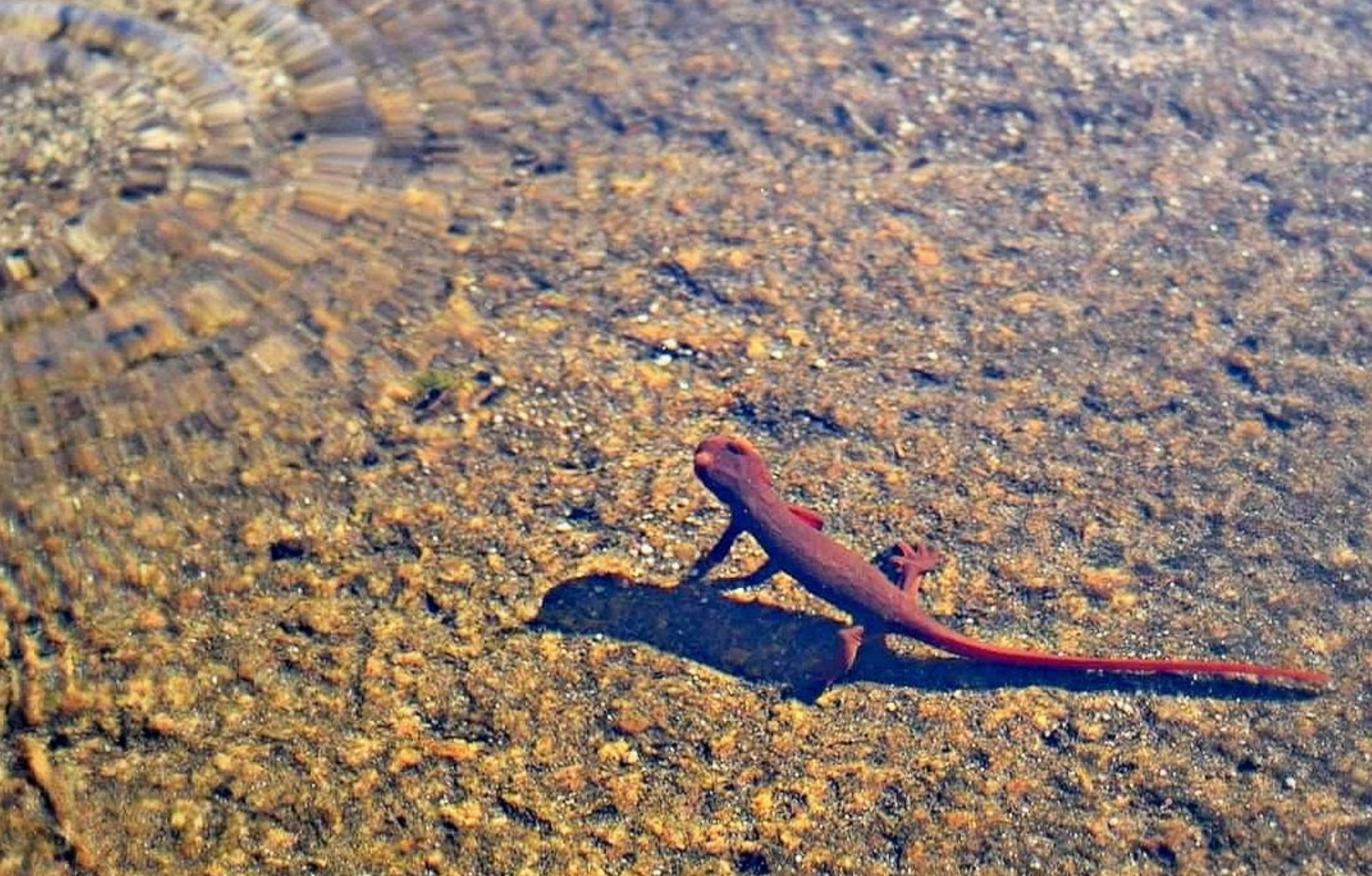Herping 101: A Practical Guide to Ethical Herping
By Sierra Scales Exotics
What is Herping?
Spring is here, and with it comes the perfect opportunity for herping! Picture yourself wandering through vibrant forests, cascading waterfalls, and even around local ponds in search of reptiles and amphibians. The thrill of discovery awaits, whether you’re deep in Costa Rica or just exploring the nooks and crannies of your own backyard.
Herping, the exciting quest for wild reptiles and amphibians, is like combining a treasure hunt with scientific exploration. Every outing can lead to encounters with unique species, rich ecosystems, and unexpected wildlife lessons. Whether you're aiming to check off specific species on a long list or you simply enjoy finding and observing herps in nature, herping connects you to the great outdoors.
Feeling that itch to adventure? Just remember, with great adventure comes great responsibility. Before you embark on your first or fiftieth herping journey, it’s important that you understand the safe and ethical practices that go along with it. Respecting the animals and their habitats ensures that these incredible creatures and their populations continue to thrive for generations to come.
These guidelines are sure to set you off on the right foot:
1) Know the Rules & Respect Property
Research local and federal herping regulations before heading out. Some states may require specific licenses, restrict the collection of certain species, or even prohibit habitat disturbance. It’s crucial to stick to public land unless you have explicit permission to herp on private property.
To navigate safely, I recommend using a digital map to keep track of your location in relation to private or restricted access land. My favorite app for this purpose is Avenza. It’s a free map app that allows you to download up to three maps for offline use—perfect for when you don’t have internet or phone service. Plus, you can add location points, photos, and data, and track the areas you’ve explored! It’s especially handy for National Forest or BLM areas.
2) Practice Biosecurity
Sanitize your gear! Always clean your snake hooks, tongs, and containers before and after each trip to keep diseases and parasites at bay. A good wash with soap and hot water does the trick, then let them sit out in the sun for some extra disinfecting power.
I also pack a small bottle of hand sanitizer for quick cleans between species. And don’t forget a few pairs of latex gloves—perfect for safely assisting any amphibians that might need help crossing the road or any surprises that come your way! By following these tips you can keep our herp friends populations happy and healthy for generations to come!
3) Learn About Local Species
Knowing the local wildlife is essential for your safety and that of the animals. It's crucial that you know how to identify and differentiate venomous from non-venomous species, as some harmless snakes may sport similar colors to their venomous counterparts. Avoid handling amphibians, too; they absorb harmful substances through their skin and oils or toxins on your hands can easily harm these slimy friends. Always ensure you can correctly identify a species before interaction.
Remember:
Venomous= It is harmful if the animal bites YOU.
Poisonous= It is harmful if YOU ingest/ eat the animal.
4) Limit Handling & Stress
Adopting a "look but don’t touch" approach is essential for the well-being of our herp friends. Handling animals can stress them out, disrupt their routines, and even spread diseases. If you find it necessary to move an animal, like getting it off a road, make sure to wear clean gloves and minimize any contact. Always aim to capture photos of animals in their natural state—this keeps them undisturbed and allows you to appreciate their beauty without causing harm.
5) Contribute to Citizen Science
Record your finds on platforms like iNaturalist to assist researchers in tracking species distribution and behavior! It's a fun way to contribute to science. Just remember to keep sensitive species' locations under wraps to help protect them from poaching, putting the county location is fine, and if anyone is researching certain populations this is a good way for them to track local sightings in a safe way.
6) Do Not Collect Wild Herps
Wild animals have unique care requirements that can be tough to satisfy in captivity. Collecting them can harm local populations, and in many regions, it's against the law to return captive reptiles to the wild if you determine you cannot care for it properly after taking it home.
A better choice is to adopt captive bred herps from trusted sources. This way, you support conservation and ensure that you provide a loving home for a reptile or amphibian in need!
7) Respect All Wildlife & Their Habitat
Leave the environment better than you found it! When you're out exploring, remember to pick up any trash you see and be mindful of our tiny friends in their microhabitats. If you move logs or rocks to get a better look, always put them back exactly as you found them. Not only is this the right thing to do, but destroying habitats for a closer glimpse could get you in legal trouble! Leave habitats and ecosystems better than you found them.
8) Be Prepared
Herping doesnt come without safety risks. These are some things that will help prepare you for your trip:
Sturdy, ankle supporting hiking boots: Essential for rugged terrain, wet or slippery terrain, and unexpected ankle height bites from more defensive herps,
Long pants: Keeps your legs protected from scratches from brush, rocks, or falls, as well as provide an extra barrier of protection from bites.
Water and snacks: Stay hydrated, always bring more water than you think you will need, and bring plenty of protein rich snacks to keep yourself energized.
First aid kit: Always keep a larger first aid kit in your vehicle, and a smaller kit in your day pack. Also keep the poison control number in those kits in the event of an unexpected bite from a venomous herp.
Headlamp: for eveGreat for looking in dark cracks and crevices, cave exploring, and having on hand as the daylight fades.
Field guide: Field guides for the species native to the area you are herping are very good to have on hand in the event you come across a species you cannot identify and you don’t know if it is potentially dangerous or not.
Always let someone know: There should always be someone not in your herping adventure with you that knows where you are going and when you plan to return, and always make sure to check back in with them. This is one of the easiset ways to get found if for any reason something happens to keep you from getting home safe.
Remember to watch your step, step on top of rocks and boulders, never place your feet where you cant see them, avoid reaching into dark spaces, and lift rocks and logs with care.
A Fun & Rewarding Adventure
Herping is a fantastic way to enjoy the outdoors, whether solo or with friends. Even if you don’t find any herps, the adventure itself is worthwhile! To amp up the fun, create a herping bingo card or checklist.
If you have any herping questions or want to team up for a herping adventure, just reach out—I’m always here to share the excitement!
Happy herping!
All images in this article belong to the author. Copyright: Ash Gelhaus











